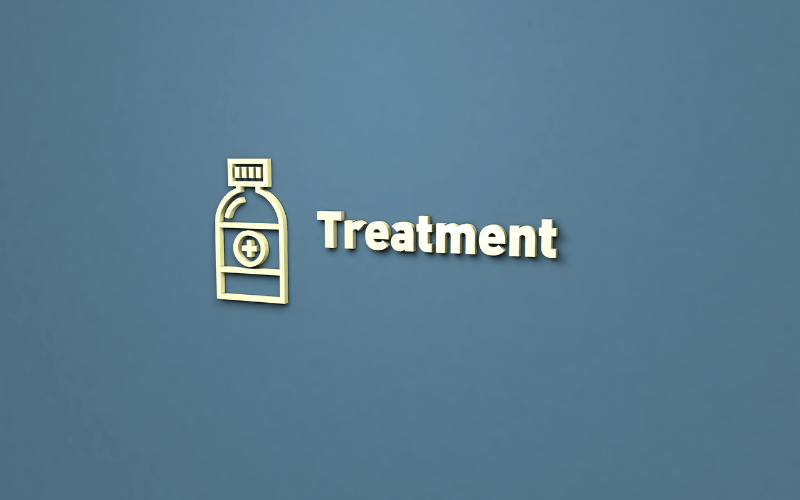4. Treatment Strategies for Pediatric Sinusitis: Tailoring to the Child

Treating sinusitis in children is not a one-size-fits-all approach. The treatment must be tailored to the individual child’s symptoms and the severity of the condition.
For mild cases, home care measures such as nasal saline irrigation can be highly effective. This simple technique helps in clearing the nasal passages and can alleviate symptoms. Humidifiers in the child’s room can also aid in keeping the nasal passages moist and reduce the discomfort associated with dry air.
When it comes to medication, pediatricians often prescribe nasal corticosteroids to reduce inflammation in the nasal passages. These can be particularly effective in cases where allergies are a contributing factor. Antibiotics, however, are prescribed only when a bacterial infection is confirmed or strongly suspected. Their use is carefully considered to avoid unnecessary antibiotic exposure.
In cases of chronic or recurrent sinusitis, the underlying cause needs to be addressed. This might involve treating underlying allergies or, in rare cases, referral to an ear, nose, and throat specialist for further evaluation. Surgery is reserved for the most severe cases, particularly when structural issues are contributing to the sinusitis.
Parents play a crucial role in the treatment of sinusitis in children. Ensuring the child follows the treatment plan, monitoring symptoms, and providing comfort are integral parts of the recovery process. (4)